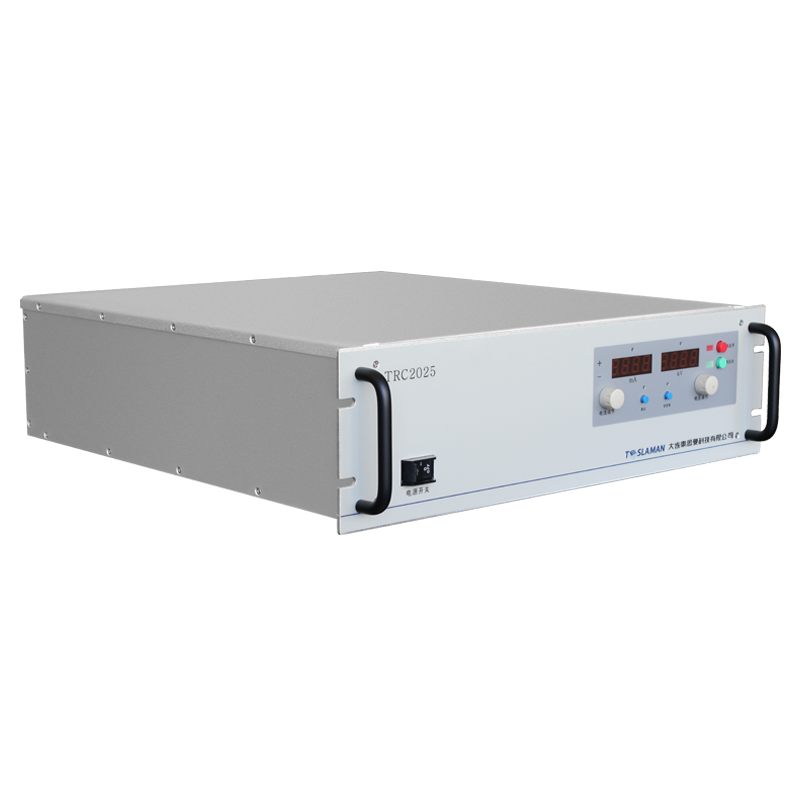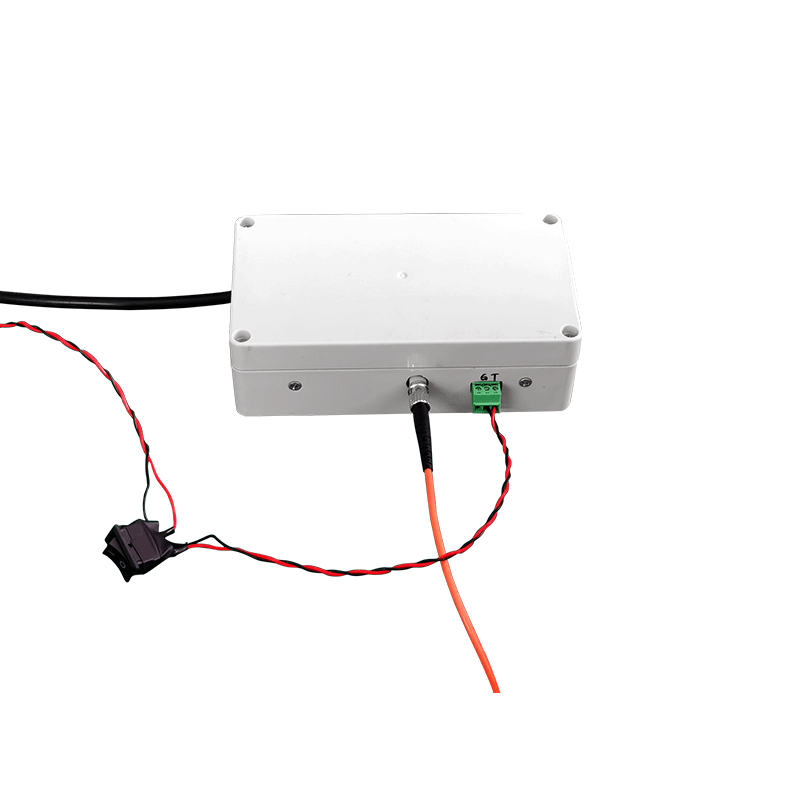Application of High-Voltage DC Power Supply Technology in Solar Power Plants and Efficiency Assessment
With the transformation of the global energy structure and the continuous development of renewable energy technologies, solar power generation, as a clean and sustainable form of energy, is attracting increasing attention. In solar power generation systems, high-voltage DC power supply technology plays a crucial role. This article will explore the application of high-voltage DC power supply technology in solar power plants from a professional perspective and assess its efficiency.
I. Application of High-Voltage DC Power Supply Technology in Solar Power Plants
Solar power plants are usually composed of a large number of photovoltaic modules that generate direct current (DC) electricity when exposed to sunlight. To effectively collect this DC electricity and feed it into the grid, high-voltage DC power supply technology is required. Specifically, the application of high-voltage DC power supply technology in solar power plants mainly includes the following aspects:
1. Maximum Power Point Tracking (MPPT): MPPT controllers can monitor the output voltage and current of photovoltaic modules in real-time and adjust their working state to keep the modules operating near their maximum power point, thereby improving the overall system's power generation efficiency.
2. DC Combiner Boxes: DC combiner boxes are used to collect the DC electricity generated by multiple photovoltaic modules and ensure system safety through fuses or circuit breakers. High-voltage DC power supply technology ensures the stable operation of DC combiner boxes.
3. Inverters: Although inverters mainly deal with alternating current (AC), the part before the inverter in the solar power generation system still belongs to the DC system. The application of high-voltage DC power supply technology here is mainly to ensure that the DC voltage at the input end of the inverter is stable and meets the requirements.
4. Energy Storage Systems: In some solar power plants equipped with energy storage systems, high-voltage DC power supply technology is also used for battery charging and discharging management to ensure the safe and efficient operation of the battery pack.
II. Efficiency Assessment of High-Voltage DC Power Supply Technology in Solar Power Plants
To assess the efficiency of high-voltage DC power supply technology in solar power plants, several factors need to be considered comprehensively. The following are some main assessment indicators:
1. System Efficiency: System efficiency refers to the ratio of the electrical energy converted from sunlight to the input solar energy in the solar power plant. High-voltage DC power supply technology improves the overall system efficiency by enhancing the working efficiency of photovoltaic modules and reducing system losses.
2. Energy Loss: In the process of solar power generation, energy losses mainly include thermal losses, line losses, and equipment losses. High-voltage DC power supply technology reduces these losses by optimizing circuit design and selecting efficient equipment.
3. Equipment Reliability: The reliability of high-voltage DC power supply equipment directly affects the stable operation of solar power plants. Using high-performance, long-life high-voltage DC power supply equipment can improve the reliability of the entire system.
4. Maintenance Costs: The application of high-voltage DC power supply technology should also consider its maintenance costs. Choosing high-voltage DC power supply equipment that is easy to maintain and has a low failure rate can reduce maintenance costs and improve the economic benefits of the system.
In summary, high-voltage DC power supply technology has a broad application prospect in solar power plants. By continuously optimizing and improving high-voltage DC power supply technology, we can further improve the efficiency and reliability of solar power generation systems and make greater contributions to promoting the development of renewable energy.




















